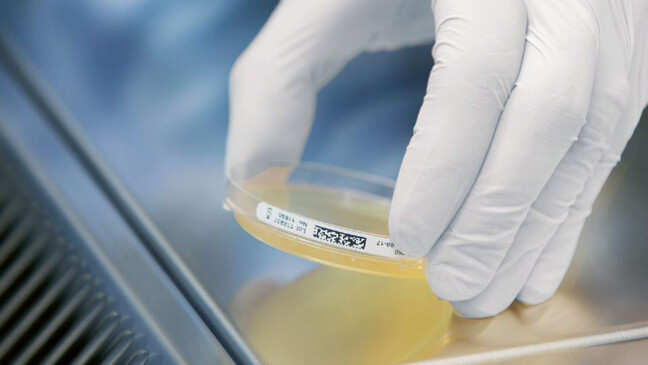
11.12.23
Biodecontamination: a comparison between fumigation and nebulization
When the word "decontamination" is used, it refers to the removal of harmful substances from an environment, whether it be radioactive, biological, or chemical in nature. The term is derived from Latin: "de-" means "remove" and "contaminare" stands for "to pollute" or "to contaminate". Thus, "decontamination" literally means "removal of contaminants".

In biodecontamination, the reduction or elimination of biological contaminants such as bacteria, viruses, fungi, and spores, there are various methods, such as fumigation and nebulization. Both methods are used to disinfect surfaces and spaces and to eliminate harmful microorganisms or contaminants from an environment, whether in industrial facilities, laboratories, or other sensitive areas. However, they differ in their application and mode of action:
In fumigation, gaseous disinfectants such as ethylene oxide, formaldehyde, hydrogen peroxide, or ozone are used and released into the space. The gas diffuses through the air and reaches hard-to-access areas, where it eliminates microorganisms in contact with the gas. Fumigation is particularly effective in enclosed spaces because it allows for an even distribution of the disinfectant. Fumigation generally requires a longer exposure time and a subsequent ventilation phase to ensure that no gas residues remain that could be harmful to humans or animals. Since the gases used can be toxic or corrosive, safety measures such as wearing protective clothing or evacuating people during the process must be strictly planned.
Example: In hospitals, fumigation can be used to control the spread of pathogens and combat disease outbreaks. In particular, in isolation wards, fumigation can help minimize the transmission of infections.
On the other hand, nebulization or vaporization involves converting a disinfectant solution into fine aerosol particles (‘fog’) that are then released into the air. This can be achieved through various techniques such as ultrasonic nebulizers or compressed air atomizers. These tiny fine droplets can cover surfaces, equipment, and hard-to-reach areas, achieving thorough decontamination.
Example: In the food industry, nebulization can be used to rid production facilities of harmful microorganisms to ensure food safety. It is also used in warehouses to ensure the safe storage of food. The exposure time can be shorter than in fumigation, and often no long ventilation time is required. This method is less toxic and can sometimes be used in the presence of people, but only with appropriate protective measures.
The following table summarizes the method of application and the main differences in a clear and concise manner.
| Method | Fumigation | Nebulization |
| Agent | Gaseous (e.g. H2O2) | Aerosols |
| Diffusion through air | Deposition on surfaces | |
| Room | Closed, people evacuated | Presence of people possible under certrain conditions |
| Exposure time | Longer | Shorter |
| Ventilation | Yes | Yes |
| Safety measures | Protective clothing | Protective clothing |
| Applications | Pharmaceutical and food industry, laboratories | Decontamination of rooms, humidification, pest control |
When applying decontamination methods, it’s increasingly important to consider the environmental impact. Some traditional disinfectants, including chlorine dioxide and formaldehyde, can potentially be harmful to the environment or even carcinogenic. Environmental compatibility depends on the dosage and application method. It’s important to precisely control concentrations and ensure that the application complies with environmental standards. Considering eco-friendly alternatives that are biodegradable and non-toxic is advisable.
In conducting decontamination processes, especially using chemical substances like hydrogen peroxide, adherence to strict safety measures is essential. The use of personal protective equipment (PPE) such as protective suits, gloves, and respiratory masks is mandatory to minimize the risk of exposure and contamination. Furthermore, handling chemical substances requires accurate dosing and control to ensure safe application. The amount used should be as much as necessary but not excessive.
In summary, both methods have their advantages and disadvantages. Both are effective means of achieving targeted and comprehensive disinfection or decontamination, depending on the specific requirements of the application area. The main difference between the two methods lies in the type of disinfectant used (gaseous vs. aerosolized) and the penetration ability of the agent. Fumigation can be more effective in disinfecting hard-to-reach areas, while nebulization is often more practical and safer in the presence of people. The choice of method depends on the specific requirements of biodecontamination, the nature of the spaces to be cleaned, and the existing safety protocols.

